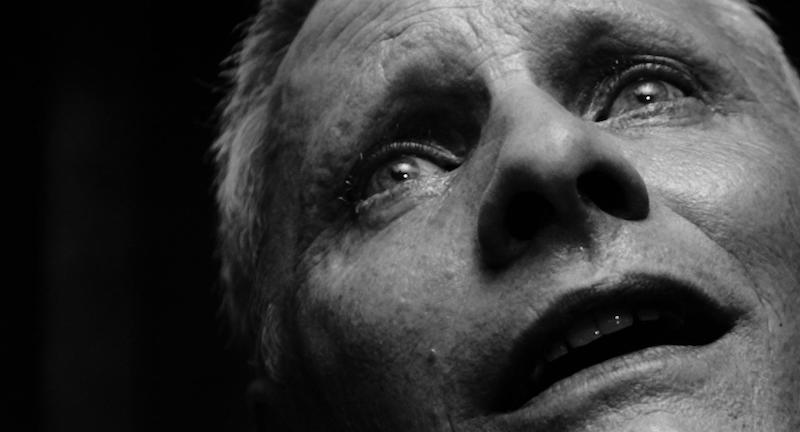In Profile: The Art of the Cinematic Close-Up
/Are/ you ready for your close-up, Mr. DeMille?

Welcome to The Queue — your daily distraction of curated video content sourced from across the web. Today, we’re watching a video essay that explores the ingredients that go into an iconic cinematic close-up.
If you’re a casual film lover (or, heaven forbid, a film school reject), there’s a high probability that you’re incredibly familiar with things you don’t know the name for. I saw handfuls of split diopter shots before I knew what they were called … and handfuls more before I knew how they were achieved.
That said, some film terms have trickled down into the popular conscious more than others. Case in point: the close-up. The strict (boring) definition of a close-up is self-explanatory. It describes a type of camera angle, focus, and composition that frames a subject close-up.
Most “explainers,” including the video essay below, focus on close-ups of actors’ faces. And broadly speaking, this is the shot’s most common use: to develop tone, highlight emotion, and capture nuanced micro-expressions, etc.
Interestingly, while objects and animals can be the subject of close-ups, such shots do tend to carry the same intent and energy as their human face-obsessed counterparts. There’s an evocative example in 1978’s Moonraker (the best Roger Moore Bond film) in which 007’s amphibious gondola elicits surprised close-up reactions not only from Venetian tourists but a pigeon and a dog.
That might seem like a silly example to pull when things like, oh I don’t know, the entire filmography of Ingmar Bergman exists. But as with most things in the art/science of film, rules were meant to be broken … especially if it serves your story. Filmmakers can approach this seemingly simple shot from an infinite number of directions to achieve the desired effect: to convey inhibition, predation, lust, you name it. Even if you think you know all there is to know about this foundational shot, video essays like the one below are a good reminder that building blocks can provide the foundation for some truly creative, complex moments of artistry. Like a pigeon doing a double take in a James Bond movie.
Watch “Close-up Shots in Film — Ultimate Guide to Lighting, Framing, and Editing Close-Ups”
Who made this?
This video essay on the art of the cinematic close-up is created by StudioBinder. This production management software creator also happens to produce wildly informative video essays. They tend to focus on the mechanics of filmmaking itself, from staging to pitches and directorial techniques. You can check out their YouTube account here.
More videos like this
- For more of StudioBinder’s work, here’s their video essay that looks at the difference between dietetic and non-diegetic sound design.
- Here’s a detailed scene breakdown from StudioBinder on what makes the poker scene in Casino Royale so captivating (even if you have no idea how poker works).
- Here’s more of StudioBinder’s work: a video essay on how to spot the narrative device known as a MacGuffin while you’re watching movies.
- Finally, here’s a video essay about how three directors, Quentin Tarantino, David Fincher, and Christopher Nolan, direct interrogation scenes.